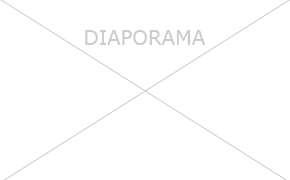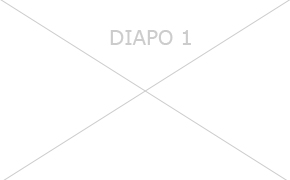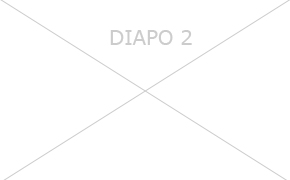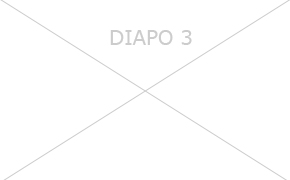Chaque année, nous recherchons les nouveaux talents qui nous permettront de mener à bien nos missions, d’innover au quotidien et d’accompagner nos évolutions dans un monde en perpétuel mouvement.
Ingénieurs-chercheurs, techniciens, collaborateurs en support à la recherche, nous proposons de nombreuses opportunités dans des domaines scientifiques et techniques variés : ingénierie pour l'assainissement-démantèlement, modélisation et simulation numérique, big data, cybersécurité, gestion de projets nationaux et internationaux, bio-informatique, ingénierie des systèmes nucléaires, développement technologique et intégration, système télécommunications 5G, expérimentation, robotique interactive, innovation thérapeutique.
Si vous êtes intéressé(e), vous nous intéressez !
Pour en savoir plus : De la recherche à l'industrie - Le CEA, acteur majeur de la recherche au service de l'Etat, de l'économie et des citoyens.

 Je me crée un espace candidat
Je me crée un espace candidat






